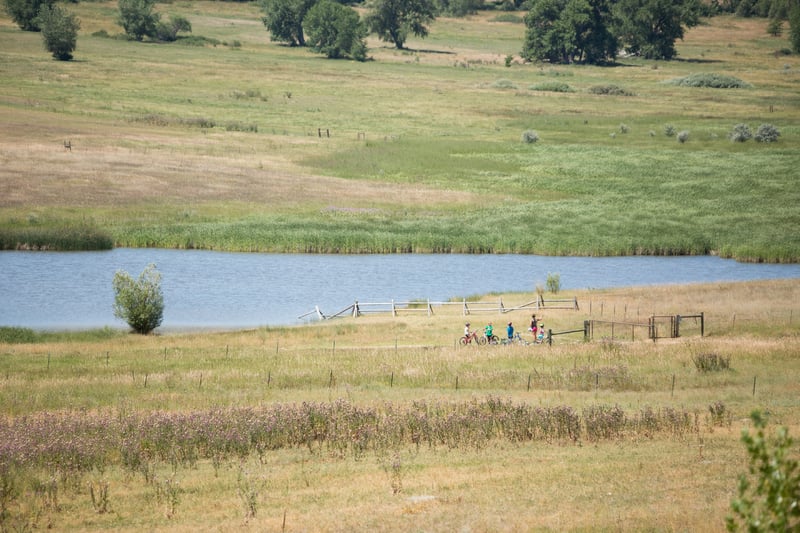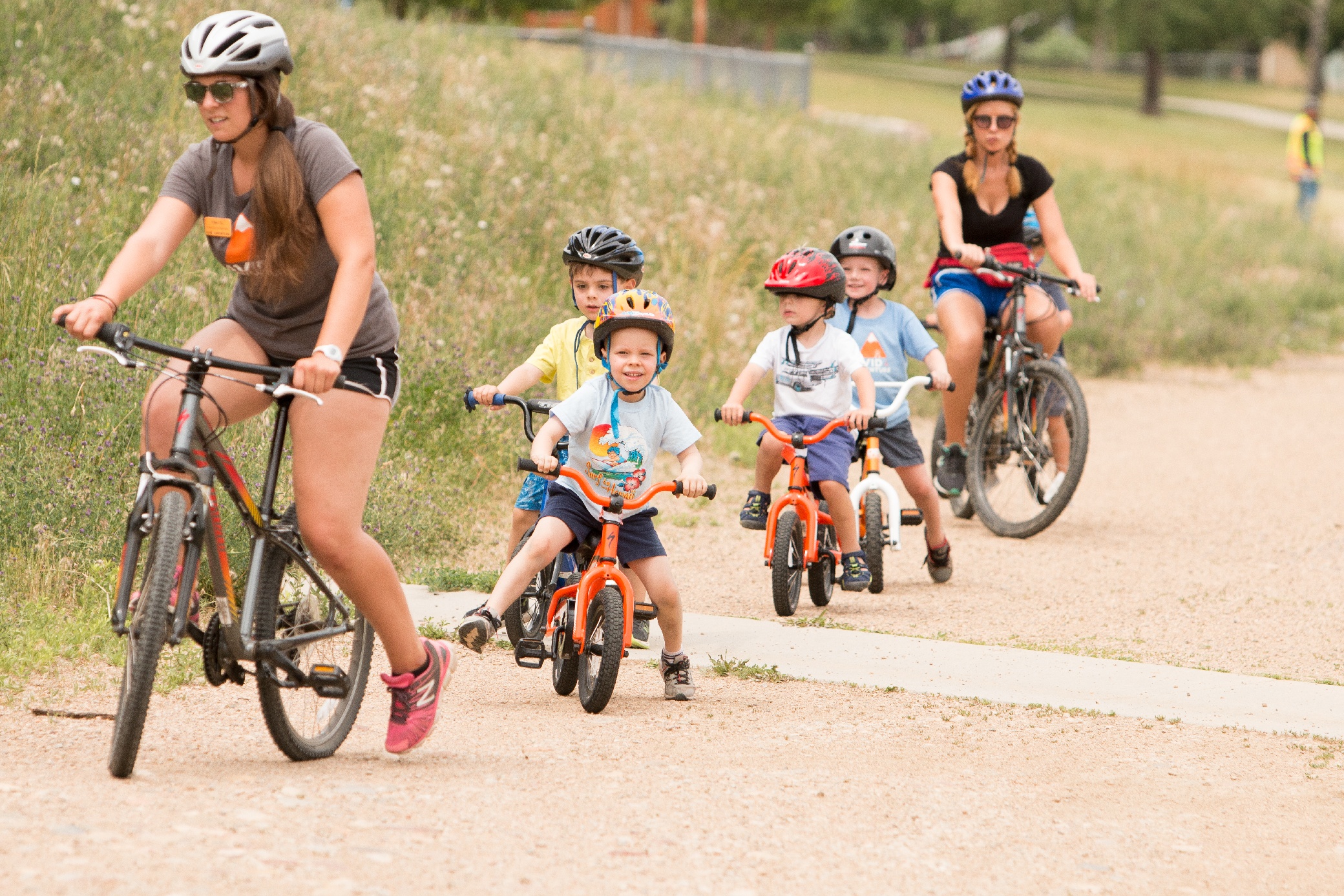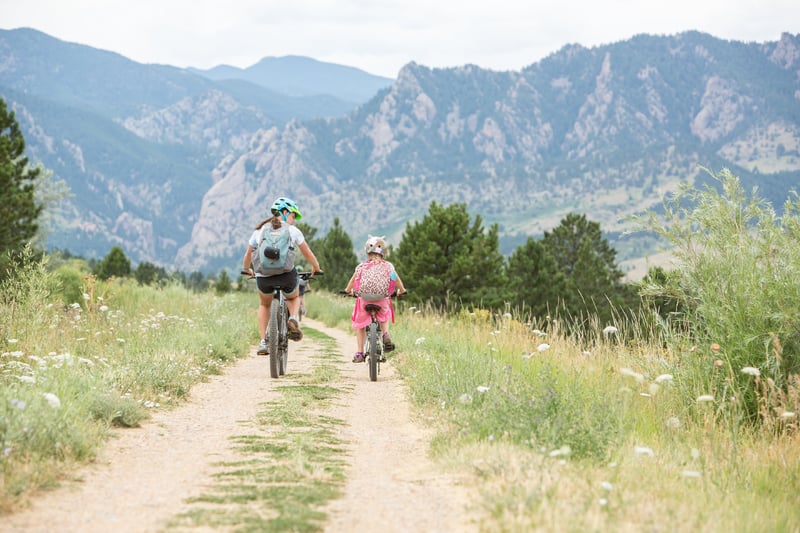If you are a parent, you naturally want to see your child succeed. And chances are, if you want to see your child succeed, you might feel like you need to do everything in your power to get them there. In the context of learning how to ride a bicycle, the temptation to lend a physical hand is strong. “I’ll just steady them for a second”, you might think. Or “I can just hold one handlebar, they’re doing most of the work”, you could venture. While working for Avid4 Adventure this past summer I learned a hands-off technique to teach training-wheel-free biking that relies entirely on the power of demonstration, clear communication and patient encouragement and it blew my mind. The steps below provide a tutorial of this biking technique taught at Avid4 Adventure Learn to Bike summer camps (though keep in mind we haven't shared all of our secrets!).
Before you dive in to step 1, you'll want to make sure that your child has their own bike that fits them properly.
Step 1:
The Avid4 Adventure biking progression involves first embracing the ‘scoot’ strategy. Ignore the pesky pedals all together (you can even remove them or use a strider bike to make it easier) and allow your child to simply propel themselves along by pushing off the ground with one foot and then the other. They'll want to practice this step for quite awhile until they feel completely comfortable. This step helps them get comfortable with the feel of a bike without training wheels.
Step 2:
The next step challenges them to run and push off the ground enough to gain some speed then to lift both of their feet off the ground and glide. This helps them begin to understand the nuances of balancing their bike. They will want to repeat this step until they are completely comfortable balancing. For younger ones, this can take awhile to master.
Step 3:
From here, you'll want reintroduce pedals (warning: this can be a tricky, frustrating step). First, tell them to just tap their feet to the pedals as they glide along. Once they have the hang of this, they can plant their feet on a pedal and turn their tap into a proper push. Then, it’s just a matter of pedal, pedal, pedal. I found that for this last step it can be especially helpful to let your child watch you do it several times, or to do it with them as they’re trying it out; don’t be afraid to let silent mirroring take the place of lengthy explanation. After some practice, they should be ready to ride!

Watching your child venture into no-training-wheels territory can be hard. They will get tired. Chances are they will fall, and they may well want to quit. And that’s ok. By resisting the urge to physically step in, you are instead imparting incredibly valuable life lessons. Healthy doses of empathy and encouragement are recommended, and application of knee pads and wrist guards aren’t a bad idea either! With nothing but kind, understanding words you are helping them feel empowered, to trust in their abilities, build confidence and develop a sense of independence they can only get if they take off their training wheels. As an extra bonus, the feeling you get when you see them flying along the ground for the first time on 2 wheels is indescribably magical.
Embracing risk can certainly be intimidating. But providing a safe space for practicing and by setting your child up for success will help learning to ride a bike feel manageable and will allow your child to gain incredibly valuable skills. ▲
If this process still seems slightly overwhelming or stress-inducing, you're not alone! We're here to support you through our biking programs for pre k - 12th graders.
To see some of our favorite recreations areas for biking, hiking, paddling and more in the Bay Area of California, Front Range of Colorado and Portland, Oregon, click the link below.





 Login
Login
 Store
Store
 Help Center
Help Center


-1.jpg?width=800&name=Golden%26Wash_Week8_7-17-34%20(1)-1.jpg)



